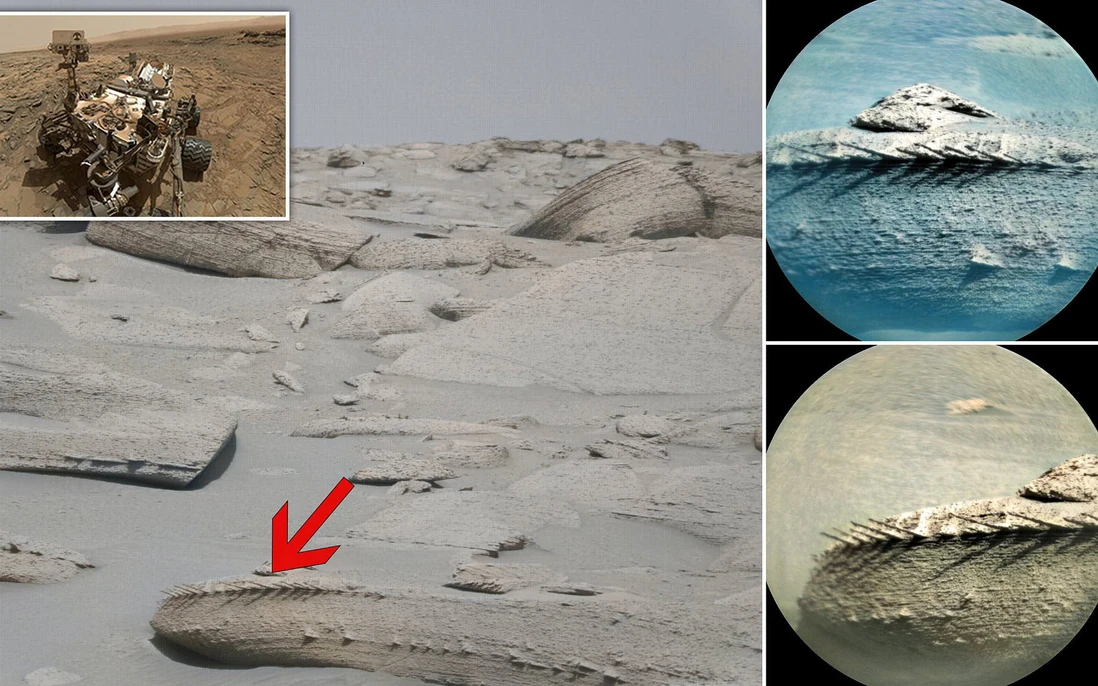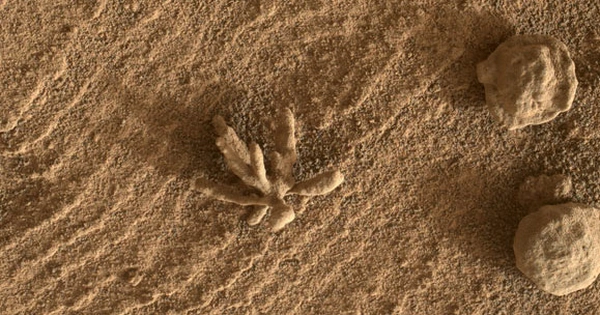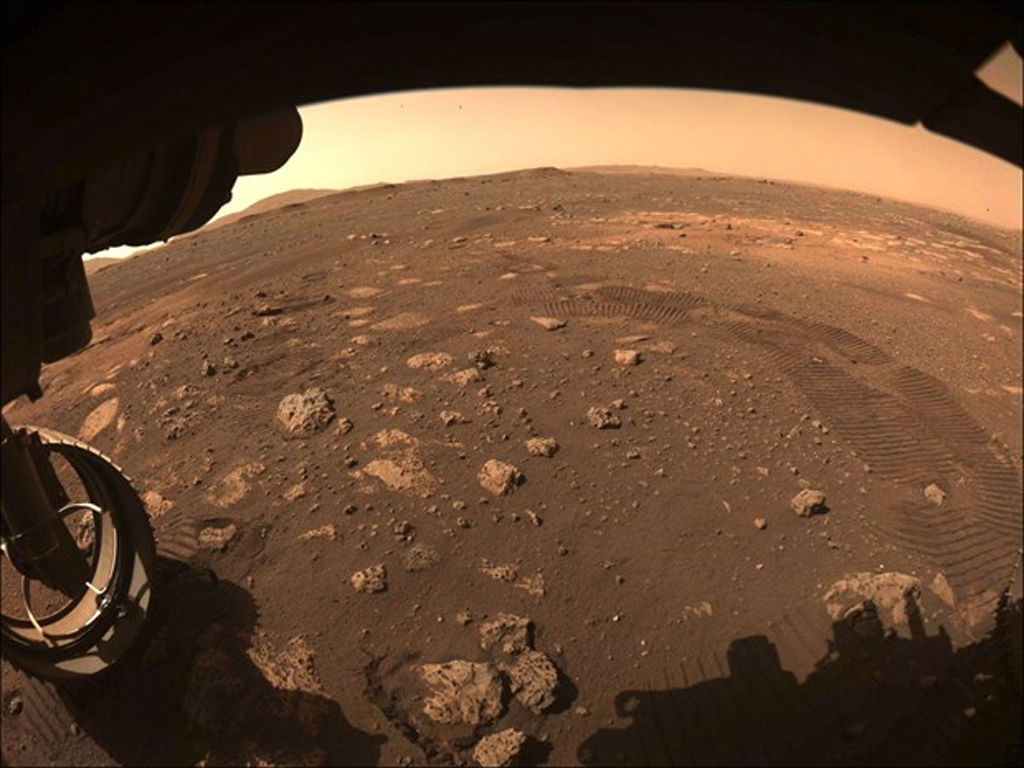

One plausible explanation is that the bone-like structure might be a concretion—a mineral deposit forming around a preexisting object. Concretions, known for assuming diverse shapes and sizes, have occasionally mimicked the appearance of fossils. Alternatively, the structure could be a fragment of a rock weathered by wind or water, creating the illusion of a bone.

To gain a deeper understanding of the bone-like structure, scientists aim to conduct additional analysis of the images and, if feasible, procure samples for laboratory examination. Upcoming Mars missions hold the potential to provide additional insights into this intriguing discovery.
This revelation underscores the prospect of unexpected and thrilling findings on the Martian terrain. As our comprehension of Mars expands, there remains the possibility of uncovering conclusive evidence of ancient or even current life on the red planet.
For now, the bone-like structure remains an enigma—an enticing clue to the undisclosed secrets that Mars guards. Ongoing exploration and research are poised to unravel more answers and pave the way for new avenues of inquiry in the future.





